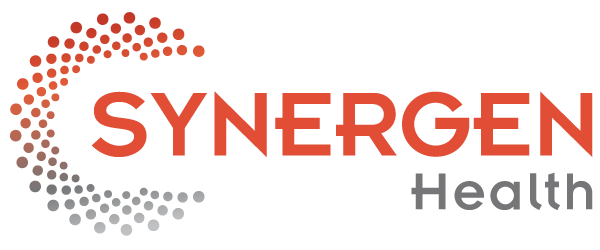 With numerous patient and payer benefits, the value-based care model is here to stay. Payers are reporting a reduced number of hospitalizations, higher quality of care and increase in value-based contract reimbursements to providers. If the above holds true for all implementations, this strategy will be a win-win for the industry.
With numerous patient and payer benefits, the value-based care model is here to stay. Payers are reporting a reduced number of hospitalizations, higher quality of care and increase in value-based contract reimbursements to providers. If the above holds true for all implementations, this strategy will be a win-win for the industry.
Although the enhanced treatment plans are expected to generate fewer readmissions and repeat treatments, many health care organizations have experienced unique internal challenges when transitioning their revenue model from the old fee-for-service models.
Out with the Old and In with the New
Compared to the fee-for-service revenue cycle model, which is based upon the quantity of services and treatments provided, the value-based reimbursement timeline, based on quality, is often slower. This is due to patients’ care stretching across several health providers or members of a medical care team. Because payers’ timelines vary, this can make managing and measuring the value-based revenue cycle and internal workflows more complex.
The key to a successful transition that optimizes a health care organization’s margin is to ensure quality standards are being met and to model the revenue cycle on varying reimbursement structures. Below are 3 keys to success as your organization adopts value-based reimbursement programs that align with insurance payers multi-stage deployment:
- Plan According to Your Patient Population: By calculating current patient demographics, payer mix and risk profiles, health care organizations can gain a holistic view of cost and create better care plans. Predictive analytics can provide physicians with actionable insights such as preventive and anticipated care measures and the revenue impact of implementing a value-based payment model for specific payers. This data is vital to ensuring care teams create plans driven by better outcomes while anticipating the revenue impact.
- Optimize Workflow and Reduce Operational Costs: By measuring and documenting current registration and patient flow, physicians can re-engineer the process to incorporate and emphasize care coordination in the new model to improve outcomes and efficiencies while controlling costs. Because a patient’s care can stretch across several members of a care team, it is important for everyone to understand the patient care plan and have the ability to share and access patient information such as medical records, correspondence and claims.
- Continuous Measuring and Reevaluating: Real-time data and analytics are essential in determining areas a health care organization can improve, as well as how changes in payment models can impact the organization. To ensure financial success when introducing a new payment model, health care organizations must determine the payer mix and the number of patients that fall into the new payment system. Additionally, they should model out how a change in the reimbursement cycle would impact ongoing revenue. To pilot newly implemented payment systems without surprises and make an informed decision on how to proceed requires sophisticated financial modeling tools.
According to a recent Black Book study, 93 percent of the 900 physician organizations surveyed reported they have no strategic plan in place to readjust to the value-based model. Health care organizations that have either already started or plan to immediately begin modeling out their transition will have a better transition success rate, all while providing their patients the care they deserve.

